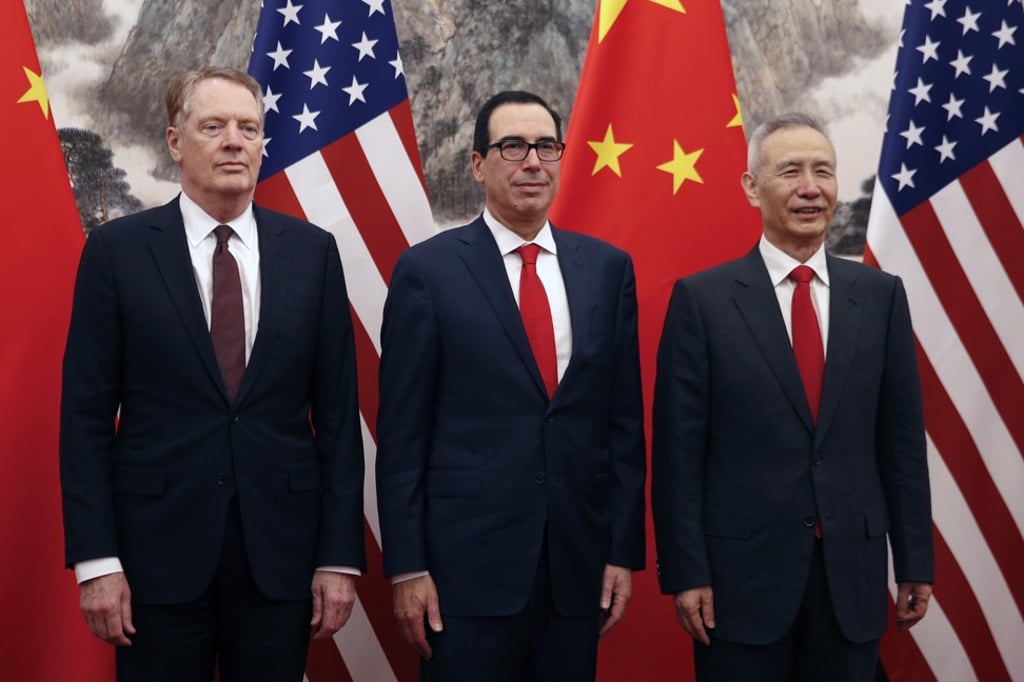Politico | US-China negotiators near deal to roll back some tariffs
- US-China negotiators near deal to roll back some tariffs on more than US$250 billion-worth of Chinese goods, according to two people close to the talks
- Latest round of talks in Beijing were held by US Treasury Secretary Steven Mnuchin, US Trade Representative Robert Lighthizer and Chinese Vice-Premier Liu He

This story is published in a content partnership with POLITICO. It was originally reported by Adam Behsudi on politico.com on May 1, 2019.
The United States and China are closing in on a deal that includes broad agreement on how the Trump administration will roll back a portion of the tariffs it has imposed on more than US$250 billion-worth of Chinese goods, according to two people close to the talks.
The two sides have also reached an understanding on how to enforce the agreement, although the sources cautioned that details still need to be worked out when a Chinese delegation arrives in Washington on May 8. Expectations are high that the two sides could announce a deal by the end of next week, setting the stage for a summit between US President Donald Trump and Chinese President Xi Jinping to sign it.
US Trade Representative Robert Lighthizer and Treasury Secretary Steven Mnuchin wrapped up a quick visit to Beijing on Wednesday where they met with Chinese Vice Premier Liu He for a working dinner and a formal discussion the following day. Mnuchin tweeted that the meetings were “productive”.

The two sides have reached general agreement on a plan for the US to immediately remove a 10 per cent tariff on a portion of the US$200 billion worth of Chinese imports affected by the penalty and then phase in lifting the duties on the rest of the items “quickly”, said one of the people familiar with the discussions.